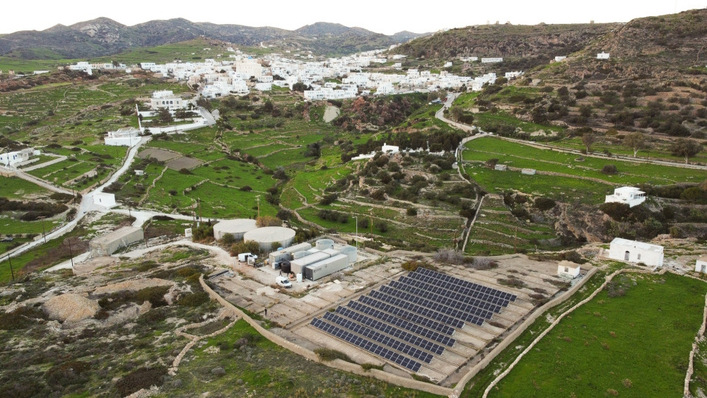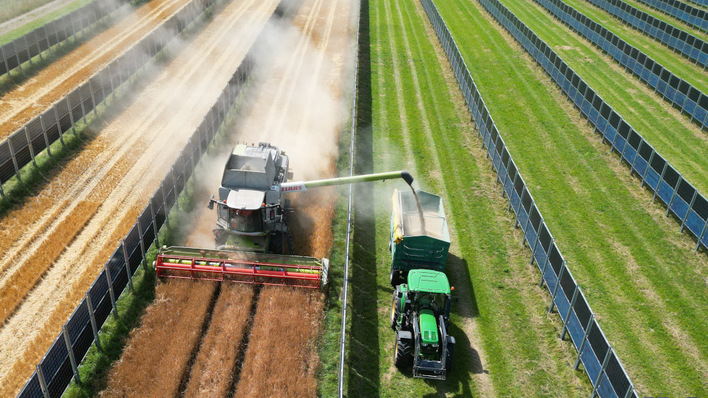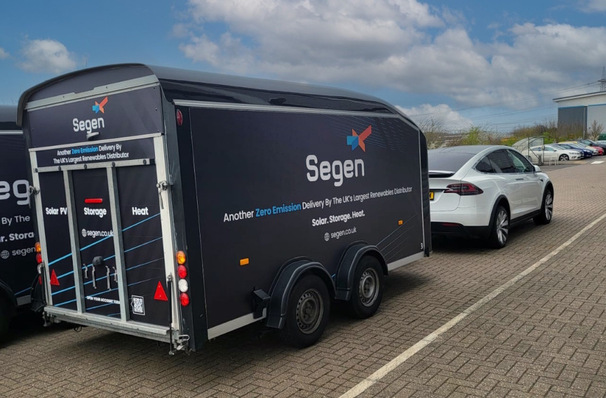The European Commission has presented a strategy to speed up the renovation of buildings - and therefore their energy performance - in Europe. Up to now, there have been targets for the energy standard that new buildings in the EU must meet. However, an extensive stock of existing buildings still generates large amounts of greenhouse gas emissions. Therefore, the Commission wants to at least double the rate at which these buildings are refurbished in the next few years, thereby making them more energy and resource efficient. Currently, this rate is one per cent per year. The target: 35 million buildings could be renovated and up to 160,000 additional green jobs could be created in the construction sector by 2030.
Buildings must become more efficient
Three approaches are at the heart of this: decarbonisation of heating and cooling, measures for buildings with the lowest energy efficiency and the renovation of public structures such as schools, hospitals or administrative buildings. To this end, the existing obstacles are to be removed and funding supported.
See also:
Learning and relaxing under solar glass
To this end, the Commission just announced a number of measures, including stricter rules, standards and information on the energy performance of buildings. It will introduce mandatory minimum energy performance standards for existing buildings, updated rules on energy performance certificates and a possible intensification of renovation requirements for the public sector. This will make renovation in the public and private sectors more attractive to Brussels.
Support funding
Within the framework of the Green Deal, Brussels also wants to support the member states financially in the financing of clean-up strategies. This includes not only easily accessible subsidies. Rather, the catalogue of possibilities that the Commission wants to create ranges from technical support for national and local authorities to training and qualification measures. It also aims to expand the market for sustainable construction products and services. To this end, Brussels intends to further develop the eco-design framework. The aim is to bring more efficient, building-oriented products to the market and promote their use.
Minimum requirements for the use of renewable energies
Another approach is revising the targets for heating and cooling from renewable sources. This could be done in the course of reviewing the Renewable Energy Directive, which is scheduled for June 2021. This could even involve the introduction of a minimum level of energy from renewable sources from buildings. The Commission will also examine how EU budget resources could be used, in addition to the revenues from the EU ETS, to finance national energy efficiency and energy saving programmes targeted at lower income groups.
Developing approaches for urban districts
However, the wave of renovation is not only about the existing building stock, but also about a comprehensive change in the cities and the architectural design of the environment. It will therefore be necessary to develop neighbourhood-based approaches for local communities. This could integrate solutions based on renewable energy and digitalisation and create districts with a net-zero energy balance, where consumers become prosumers who sell energy to the grid. The strategy also includes an affordable housing initiative for 100 districts.
The full strategy approach can be downloaded free of charge from the European Commission's website. (mfo)







